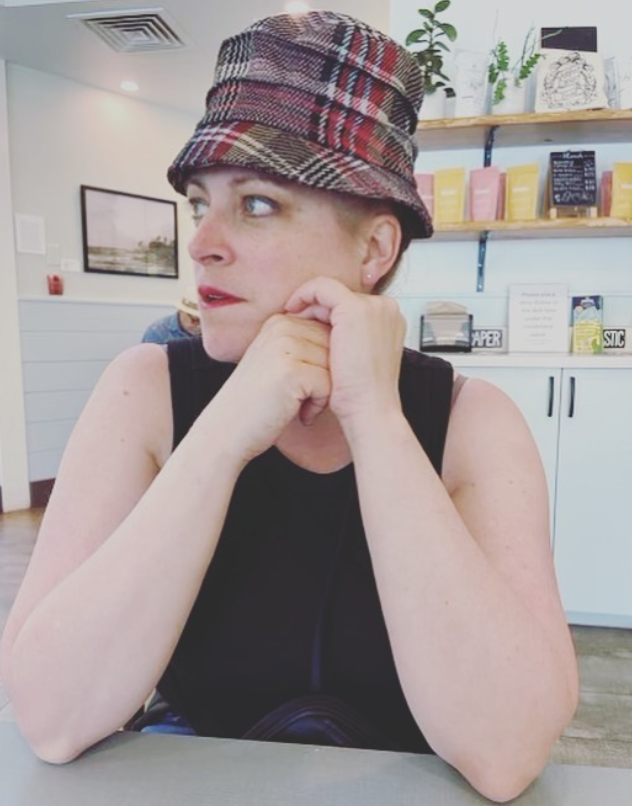How to You Manage Your PLN?
This Web 2.0 thing is here to stay. It should be making my life easier but I have had to adjustments to my “usual” life to fit it all in. At first I though it was because I was new. But after reading this article Redrawing by Chris Brogan, I realized it only gets worse. Managing these Web 2.0 tools are a job in itself. SO what do you do? Essentially some things have to change. Being accessible might need to change. At work we have a 24hr rule on the turn around of e-mails. I have decided this year, it does not mean the weekends. What a difference this had made! People can get use to new “cyber” office hours and learn to respect them.
“we must all process, reconsider, rethink, and redraw the way we do what we do. What got us here won’t always get us there.” Chris Brogan
Join TheLitMaven
http://feeds.feedburner.com/TheLitMaven
